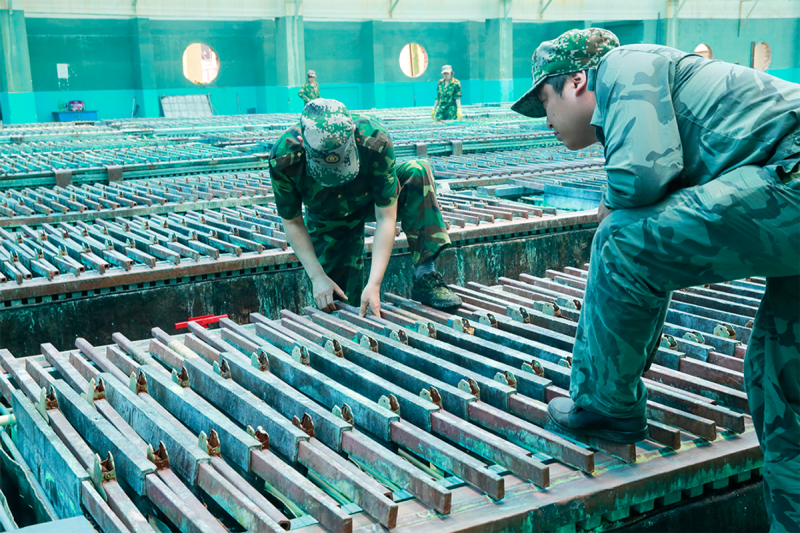Rare earth elements (REEs) have emerged as essential components in numerous high-tech applications, including smartphones, electric vehicles, wind turbines, and military weaponry. With China currently dominating the global market for rare earth production and processing, many countries are concerned about the potential risks associated with relying heavily on a single nation for these critical resources. In recent years, efforts have been made to reduce reliance on China and diversify sources of rare earth elements, with some promising advancements and strategies being developed by various countries and companies.
One of the key approaches to reducing dependence on China for rare earth production involves exploring alternative sources and increasing domestic capabilities. For instance, countries like the United States, Australia, and Canada have identified significant rare earth deposits within their territories and are actively working to develop mining and processing facilities to extract these valuable resources. By enhancing local production, these countries aim to decrease their reliance on Chinese imports and strengthen their strategic independence in the rare earth sector.
In addition to developing domestic sources, efforts are being made to enhance collaboration and partnerships between countries to create a more diverse and resilient supply chain for rare earth elements. The establishment of cooperative agreements and trade partnerships can help secure access to rare earth resources and facilitate the sharing of technology and expertise in the production and processing of these critical materials. By building strong alliances, countries can collectively address the challenges associated with rare earth supply and reduce the risks posed by overreliance on a single supplier.
Furthermore, advancements in recycling and refining technologies are offering promising solutions to reduce the demand for new rare earth production and minimize supply chain vulnerabilities. Recycling of rare earth elements from electronic waste, industrial byproducts, and end-of-life products can recover valuable materials and provide a sustainable source of REEs without relying solely on mining operations. Additionally, innovations in refining techniques are enabling more efficient extraction and purification processes, leading to higher yields and reduced environmental impacts associated with rare earth production.
Moreover, investing in research and development initiatives focused on rare earth substitution, substitution, and diversification of supply sources. By developing alternative materials that can replace rare earth elements in certain applications or finding new sources of REEs outside of China, countries can mitigate the risks of supply disruptions and create more resilient supply chains. Collaborative research efforts and technological innovations will play a crucial role in diversifying supply sources and reducing dependence on a single dominant player in the rare earth market.
In conclusion, reducing reliance on China for rare earth production and processing is a critical priority for many countries seeking to enhance their strategic autonomy and safeguard the supply of essential materials for high-tech industries. By exploring alternative sources, fostering international partnerships, advancing recycling technologies, and investing in research and development, countries can work towards creating a more sustainable and secure supply chain for rare earth elements. Diversification and resilience in the rare earth sector will be key in ensuring the stability and availability of these critical resources for future generations.
